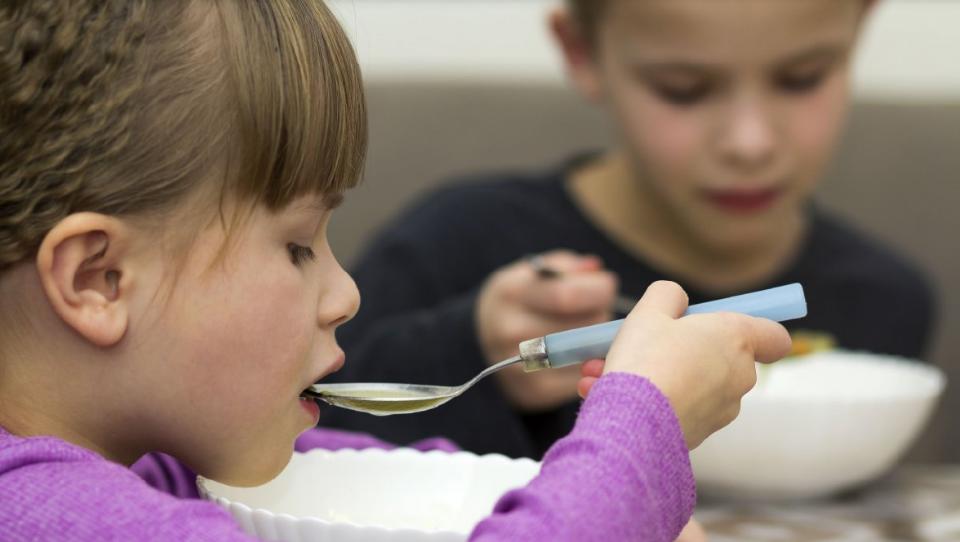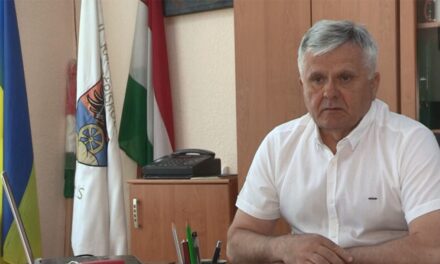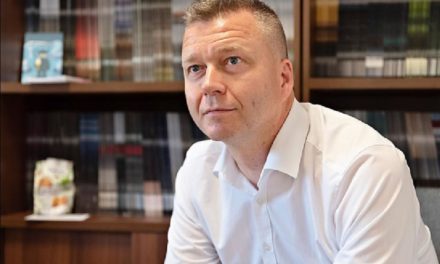The long-term goal of the Warm Lunch program is to reduce school dropout rates and early school leaving and to help families so that going to school does not represent a financial burden for anyone. As of autumn, the number of schools where Hungarian students study will increase to 32 in the trial project, and we are working to extend the program to all schools as soon as possible - read the statement of Zoltán Kallós, the RMDSZ state secretary of the Ministry of Education, in the announcement.
So far, eight educational institutions from Székelyföld have participated in the program, where education is conducted in Hungarian, and starting this fall, another nine institutions teaching in Hungarian will join the Gay Lunch program. In Maros county, the Petre N. Popescu Primary School in Héjjasfalv, the Dósa Daniel Primary School in Búzásbesenyő, and the Marosfelfalus Primary School have been included in the program so far, and now the Vocational School in Mezőbánd, the Deák Farkas Primary School in Nyárádszereda and the Ákosfalv Primary School can also join. Előd Kedei, the director of the school in Búzásbesenyő, told Székelyhon that they will be part of the program from 2018, that is, in the fourth academic year, they will be able to provide meals to a total of slightly more than 600 kindergarten and schoolchildren at the village level. However, the school director said that specific meals still have to wait.
So far, all that has happened is that the emergency decree on the continuation of the program is in place, the list is now available, but the methodology and the implementation instructions still need to be published, and only then can the municipalities start the public procurement procedures - explains Előd Kedei . The school director added that this usually takes time: even if the methodology were to be published today, the public procurement procedure would still take a month or a half. He pointed out that this is the case every year, unfortunately, they are happy with the program, but they can only provide it during about half of the school year, because the program is always delayed.
Those affected can expect the food provided by the state at the end of October or beginning of November at the earliest.
Source and image: Szekelyhon.ro
Author: Emese Szász Cs












